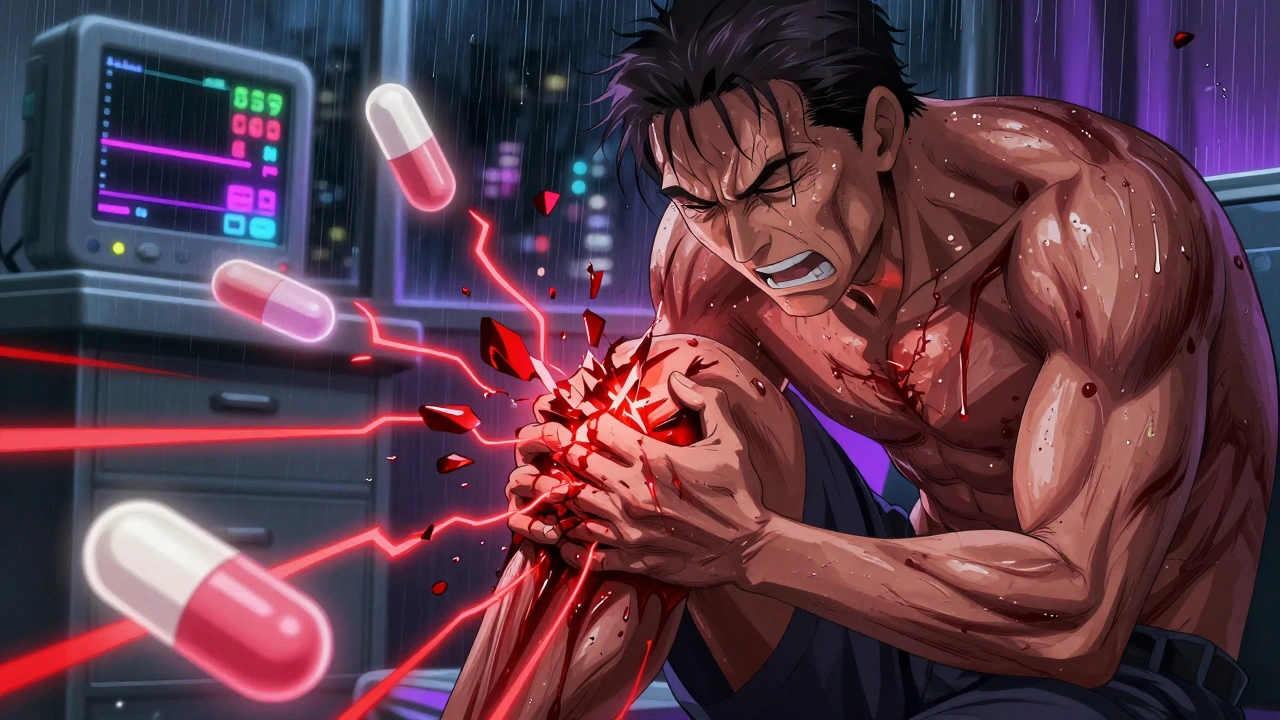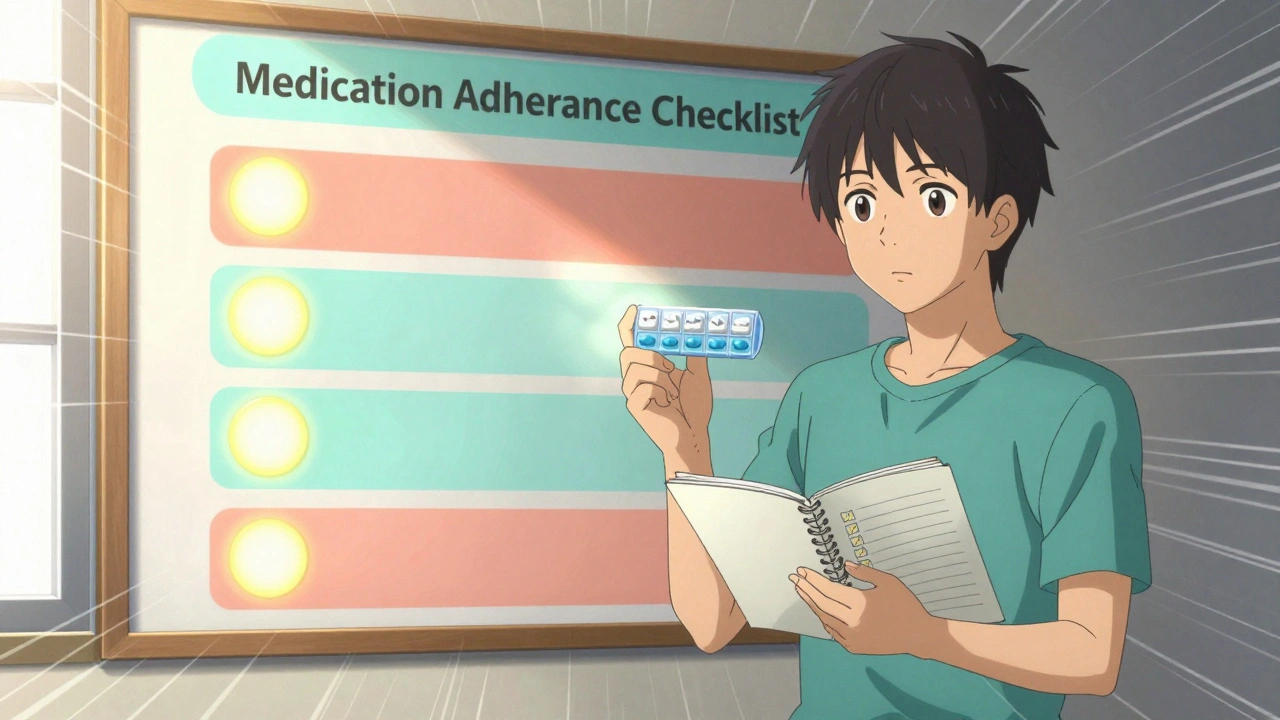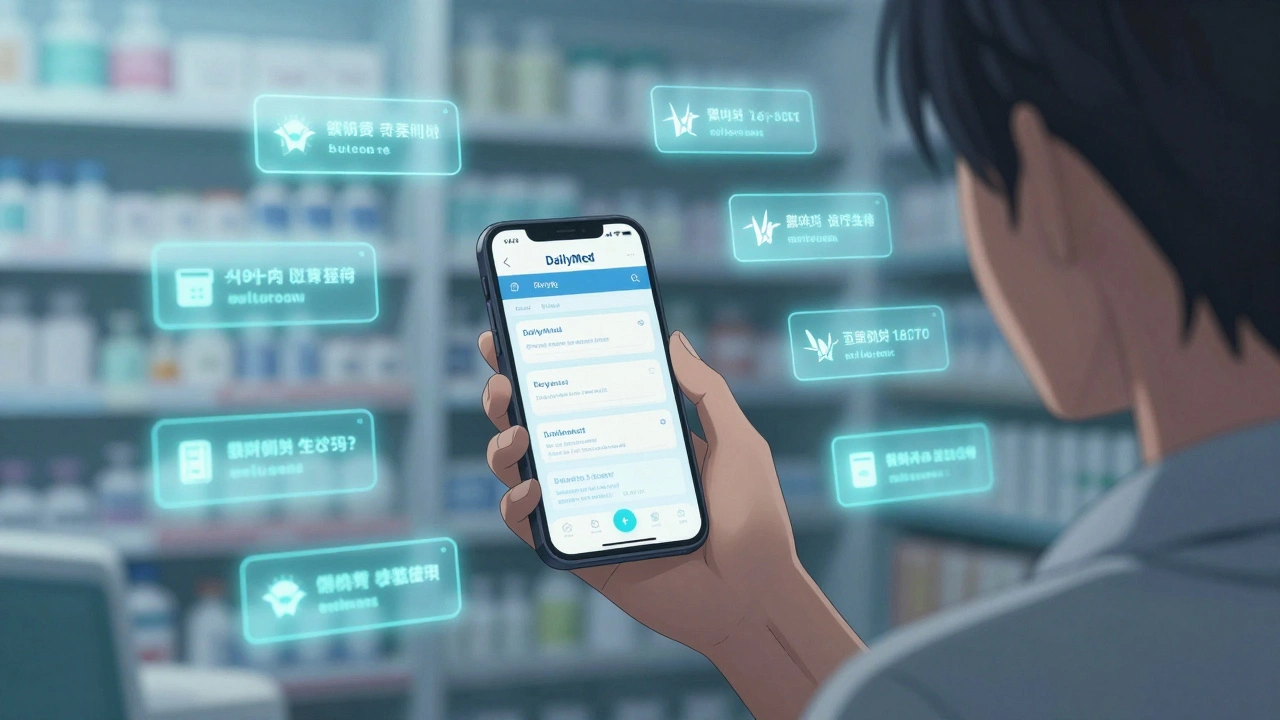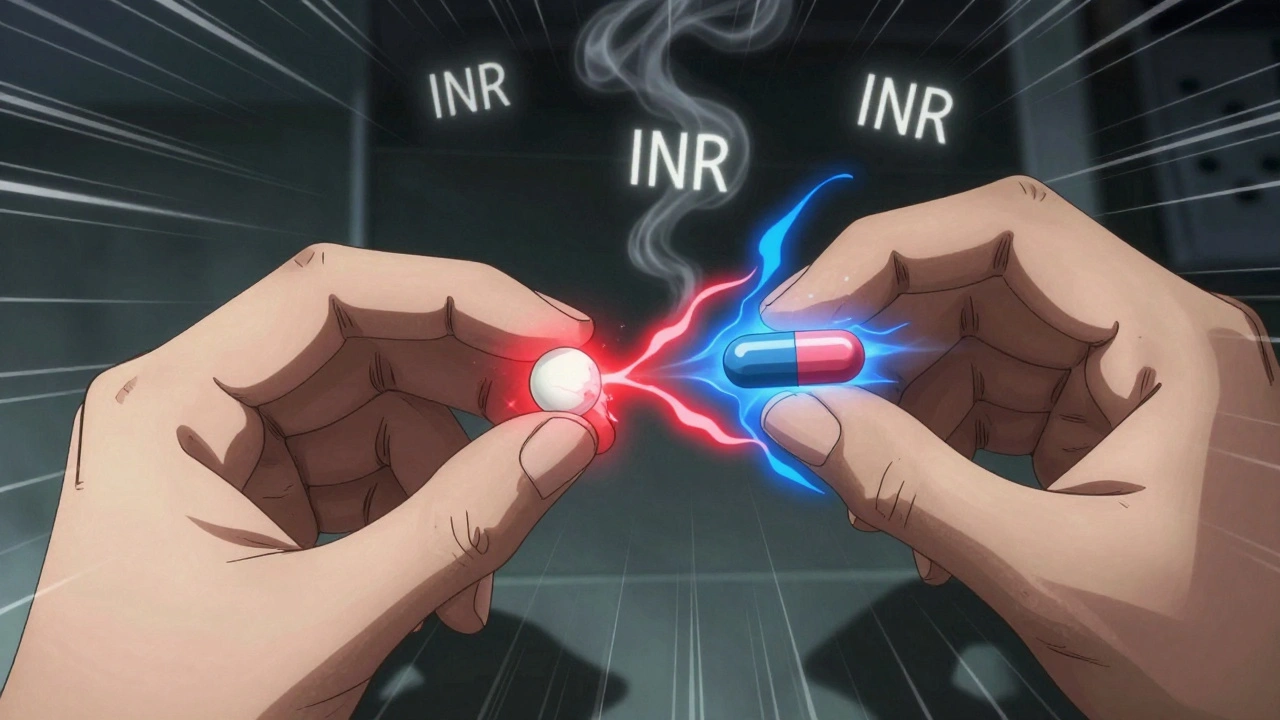Breast Cancer: What You Need to Know Right Now
If you or someone you love has heard the word "breast cancer," it can feel overwhelming fast. The good news is that most of the scary things you hear have simple answers. Knowing the risk factors, spotting early signs, and understanding treatment paths can make a huge difference in outcomes.
Common Signs and When to Get Checked
First up, look for changes in your breasts. A new lump, thickening, or a spot that feels different from the rest of the tissue is a red flag. Also watch for skin changes – dimpling, redness, or an ulcer that won’t heal. Nipple discharge that isn’t milk, especially if it’s bloody, should get a doctor’s eye.
Even if you don’t feel a lump, any unexplained swelling, pain, or a change in shape is worth a call. Most cancers show up as a painless firm lump, but they can also be subtle. The rule of thumb? If it’s new, changed, or bothers you, schedule a visit.
Age matters, too. Women over 40 should get a mammogram every year or two, depending on personal risk. If you have a family history, start screening earlier. Some doctors recommend MRI or ultrasound for denser breast tissue, so ask what’s best for you.
Treatment Paths and Getting Support
When cancer is confirmed, treatment isn’t one‑size‑fits‑all. Surgery can range from a lumpectomy (just the tumor) to a mastectomy (whole breast). Radiation often follows surgery to kill leftover cells, and chemo or hormone therapy may be added based on the tumor’s type.
Targeted therapies like HER2 blockers work on specific cancer proteins, and newer immunotherapy drugs help the immune system attack the disease. Your doctor will map out a plan that balances effectiveness with side‑effect management.
Support matters as much as meds. Join a local or online support group – hearing real stories cuts down the fear factor. Many hospitals have patient navigators who help with appointments, insurance, and emotional coping. Don’t skip mental health; a counselor can teach tools to handle stress and anxiety.
Practical tip: keep a notebook of symptoms, medication schedules, and questions for each appointment. Bring a friend or family member along; they catch details you might forget.
Life after treatment isn’t over. Follow‑up scans, blood tests, and regular check‑ups catch recurrences early. Stay active, eat a balanced diet, and limit alcohol – these habits boost overall health and may lower the chance of another cancer.
Remember, breast cancer is treatable, especially when caught early. Empower yourself with knowledge, act on any changes fast, and lean on the resources around you. You’ve got the tools to face this head‑on – start using them today.
Alpelisib in Breast Cancer: Targeted Therapy Success Story
Explore how Alpelisib transformed treatment for HR+/HER2‑negative breast cancer, its mechanism, trial data, side‑effect management and future outlook.






